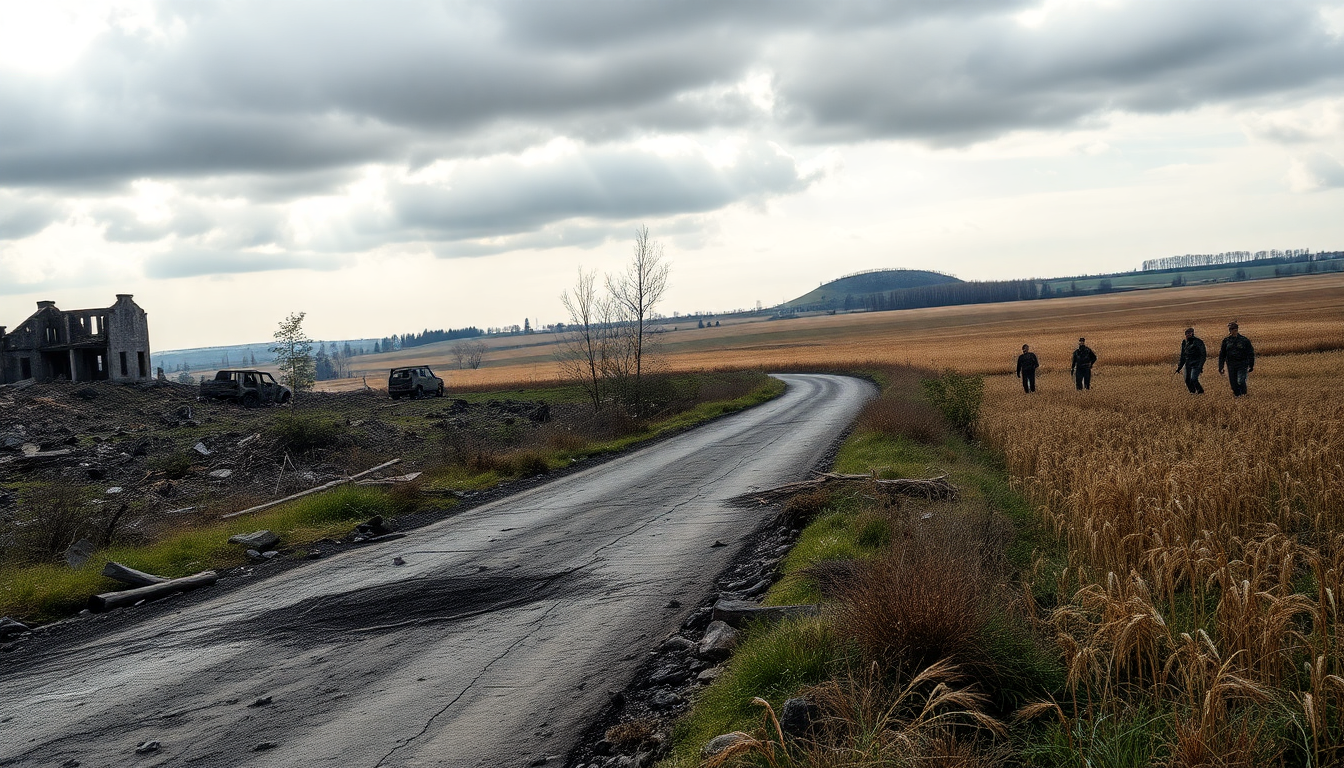Table of Contents
The conflict in Ukraine is far from static; it’s a dynamic situation marked by significant military actions and territorial shifts that impact not only Ukraine but also Russia. As we enter the third year of this war, the complexities on the ground are growing deeper. What’s really happening out there? This article takes you through the latest developments, the strategic motivations behind them, and what they could mean for the future of the region.
Recent Military Developments
Ukrainian forces are holding their ground even as Russian troops claim to be making progress. Recent reports suggest that Russian forces have gained some ground in the Luhansk region, which they previously announced as fully under their control. But hold on—military insiders are saying not all territories have fallen, pointing to ongoing resistance in some villages. This tug-of-war between claims and reality has become a hallmark of the conflict, with both sides engaging in a war of narratives just as much as military confrontations.
In a noteworthy shift, the United States has recently adjusted its military support for Ukraine by withholding certain promised weapons systems. Framed as a move to prioritize American interests, this decision raises some important questions about the longevity of Western support for Ukraine. As the country fights to defend its sovereignty, the strategic implications of these changes are significant.
On another front, Ukrainian forces have ramped up their operations with successful drone strikes deep within Russian territory, targeting military installations. This development showcases Ukraine’s ability to project power beyond its borders and offers a glimpse into its strategic calculations as it seeks to counterbalance Russian advances.
Territorial Control and Buffer Zones
The ongoing conflict has resulted in constantly shifting territorial lines, with Russia reportedly advancing in key areas of the Donetsk region. The idea of a buffer zone has been re-emphasized by Russian officials, complicating the control landscape even further. While the Russian Ministry of Defence claims to have taken control of several villages, the actual extent of these territorial gains is still under scrutiny. Previous claims of conquest add a layer of skepticism to these assertions.
Experts suggest these buffer zones serve a dual purpose: they offer a semblance of security for Russian territories while also paving the way for further territorial ambitions. The Kremlin’s insistence on a buffer zone extending deep into Ukrainian territory reflects a long-term strategy that goes beyond immediate military goals.
As the conflict drags on, the potential for further escalation remains. The rhetoric surrounding the need for buffer zones hints at a broader strategy that could involve annexing even more Ukrainian lands. This has raised alarms in the international community, particularly regarding the implications for regional stability.
Strategic Implications and Future Outlook
The recent developments in the Ukraine conflict highlight a complex interplay of military strategy, territorial ambition, and geopolitical maneuvering. As both sides adjust their strategies, the international community is watching closely, aware that the outcomes of these conflicts could reshape the security landscape in Europe.
Ukraine’s President Volodymyr Zelenskyy is pushing for enhanced military capabilities, including air defense systems and drones, indicating a strong commitment to adapting to the evolving threat. The shift towards domestic production of military equipment reflects a strategic pivot aimed at ensuring long-term sustainability in defending against Russian aggression.
Looking ahead, it seems the conflict is set to continue, with both sides firmly entrenched. The ramifications of ongoing military actions, along with changing international support dynamics, will be crucial in shaping the future trajectory of the war. As the situation evolves, we must remain vigilant; the balance of power in the region is precarious and could shift at any moment.


